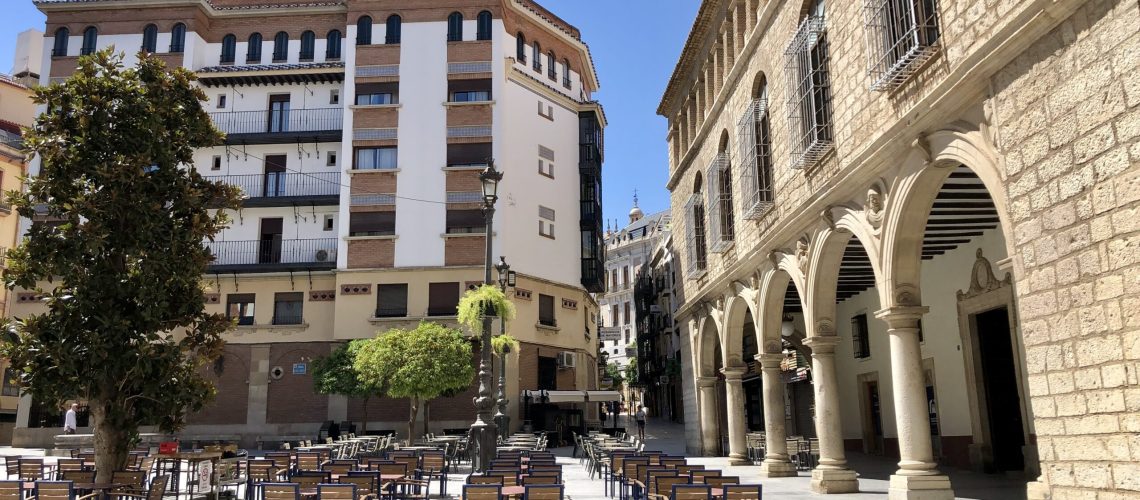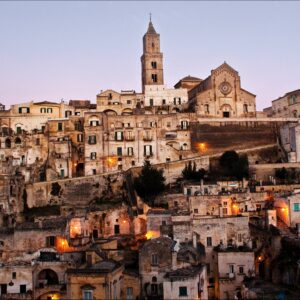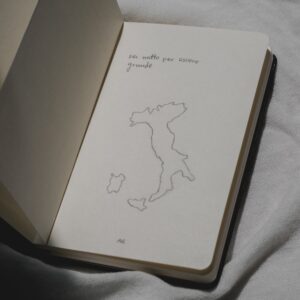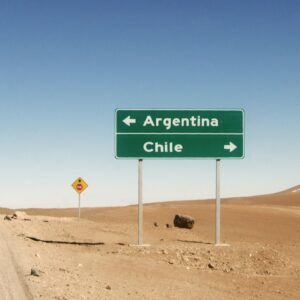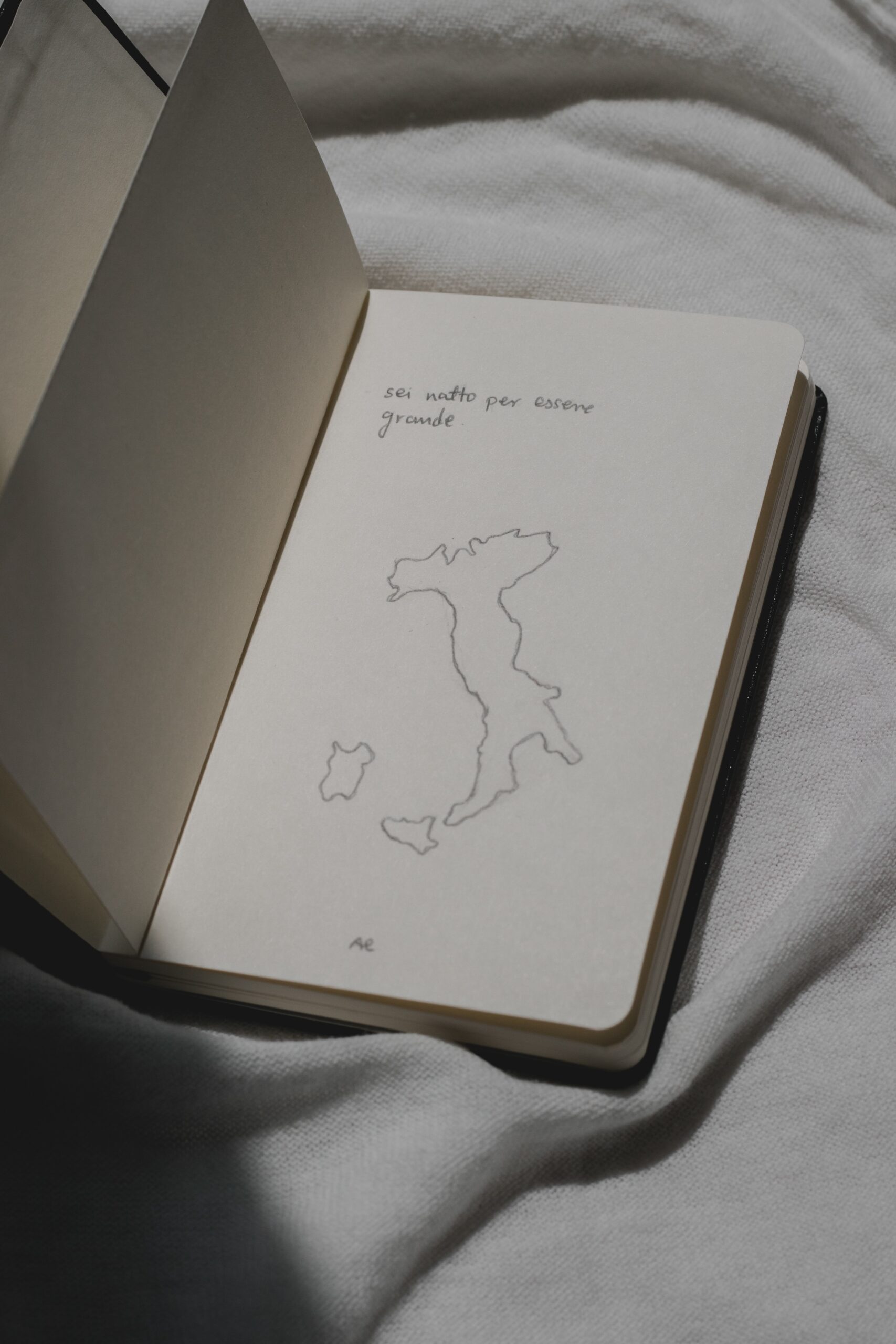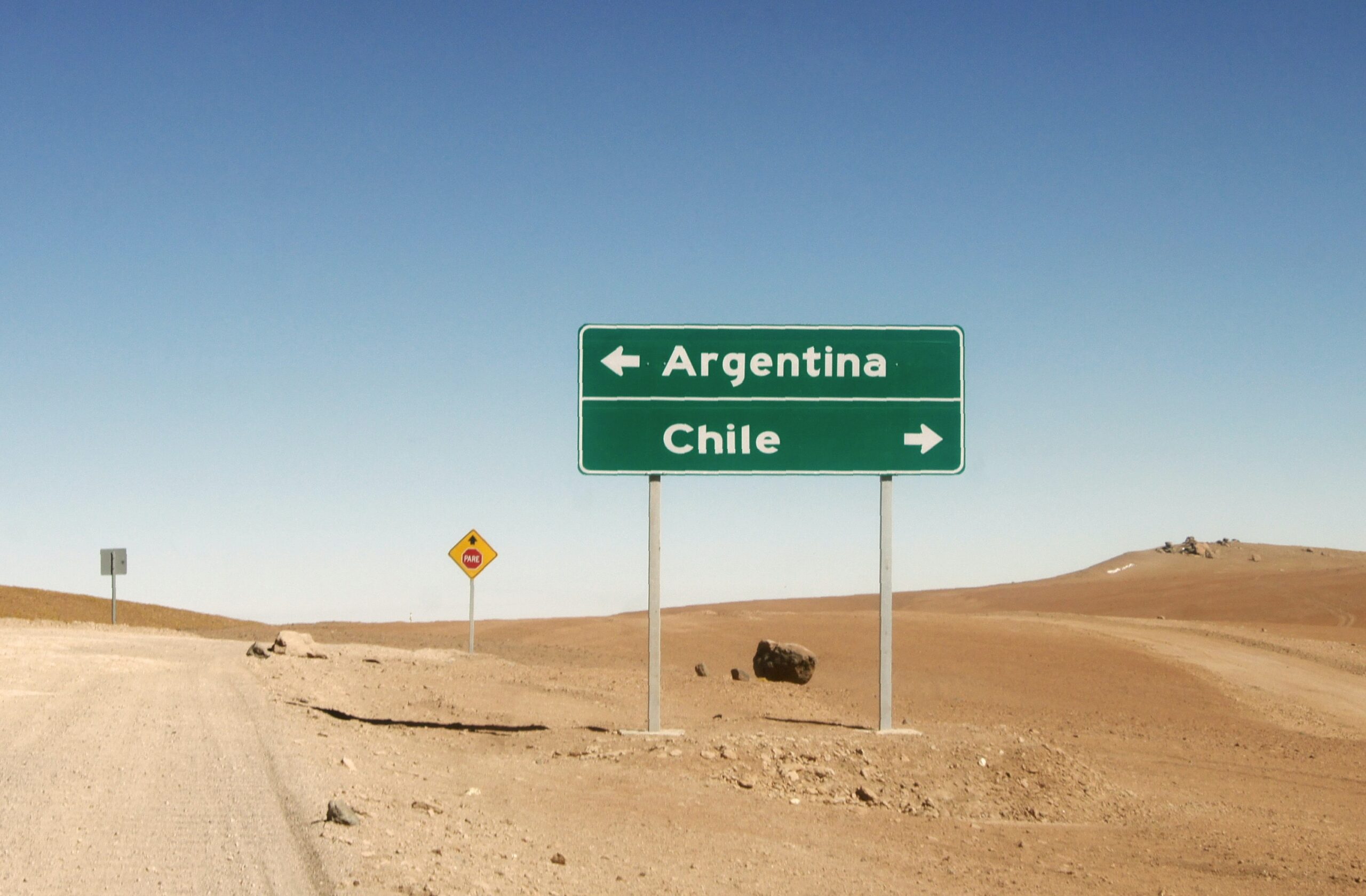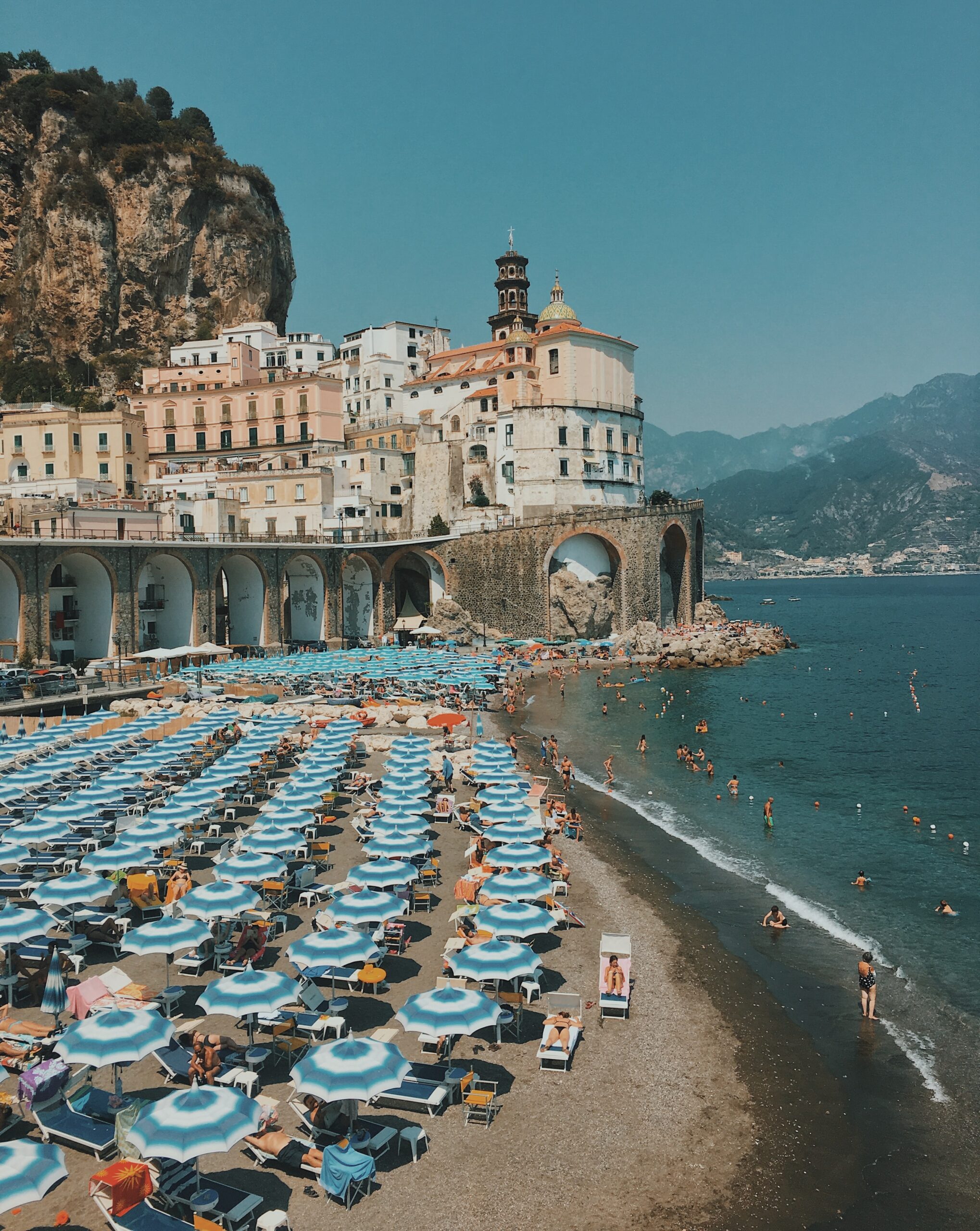I recently returned from a trip to Andalusía in the south of Spain. While I was only there for three days – and only for the purpose of attending a wedding – I found the experience really interesting. Here are five things that caught my attention.
Rice rice baby
At the wedding, guests were given a small bouquet of flowers and rice. When the bride and groom walked down the aisle, having just given their vows and been announced as husband and wife, guests would throw the contents of their bouquets at the couple.
I followed suit – just a little too well. As I aimed my rice at the bride, it hit her in the side of her face. She was perfectly fine, having already survived multiple rice assaults, but I still felt pretty bad about my contribution to her ceremony.
Another wedding tradition that took palace was to mix two drinks together to celebrate the marriage. It’s common for people to order a gin and tonic or a Coke and vodka to symbolize the couple’s holy matrimony. The only thing I discovered, though, is that if your mix doesn’t contain alcohol, you’re going to cop flak from others. Given the Spanish propensity for alcohol and jamón, I don’t think the country would be easy to live in for those who abstain from either, let alone both.
Spanish people are really easy to talk to
It might just be my impression, but I found Spanish people to be among the friendliest people in Europe. I’ve always found Spanish tourists overseas to be really easygoing, and the ones I met in Spain were just as relaxed. I think there’s something about the warm climate that makes it easier for people to be more open and willing to engage with foreigners like me. They’re certainly friendlier than, say, Parisians, who can be quite reserved, but I suppose you can’t really compare a regional town with the largest city in continental Europe.
Funnily enough, I don’t actually speak much Spanish, having never formally learnt it. (Okay, I did learn Spanish for a couple of years when I was ten and eleven, but they don’t really count as I only learnt ‘Hola’, the days of the week and a few numbers). But since I can speak French and Italian to varying degrees of intelligibility and had tried to study ‘la lengua de Cervantes’ from a book a few years ago, I found I could sort of communicate with people by using a weird mix of Spanish, English and Italian, and somehow managed to have a conversation about Spanish football for almost an hour.
Of course, it helped that people were extremely accommodating. Compared to French people, who can sometimes operate under the assumption that no non-native speaker can speak French, Spanish people seem much more laidback about how others speak their language. Still, I guess it helped that aside from a few multilinguists, most people I met didn’t speak any English, and so if a conversation were to take place, it would have to be in Spanish anyway.
In saying all this, I’m not trying to bash French people in any shape or form. It’s just that the ways in which people interact vary by culture. One French person once said that while French people might take longer to warm up to you compared to Spanish people, when you do make friends with a French person, you have a friend for life. The friendship bond is much deeper; it’s just that it takes a lot more effort to become friends in the first place. I don’t know if the opposite is also true, but suffice to say, if you’re just visiting Spain for a few days, you’d probably find it easier to speak with locals than if you were visiting France.
Andalusian Spanish is hard to understand – even for Andalusians
While I was at the wedding, I was amused to learn from some locals that Andalusia has some of the strongest accents in Spain. In fact, even Andalusians can have trouble understanding one other. As one Andalusian told me, while the Spanish spoken in Madrid and Barcelona is quite clear, the Spanish spoken in Andalusia can vary so much, it can be hard to follow. He gave the example of how, in one Andalusian city, the rhotic ‘r’ sound gets dropped at the end of words. And so if you were to say the infinitive ‘comer’, you wouldn’t hear the ‘r’ at the end of the word as you would in pretty much any other city.
Since I don’t really know much Spanish, it was hard for me to judge – since everything was hard to understand. But I do think that compared to, say, Mexican or Colombian Spanish, which are renowned for being relatively clear, Andalusian Spanish would be pretty hard for non-native Speakers to get their heads around.
It’s not as hot as I imagined
Being at the southern end of Spain, I was originally afraid of what level of heat I was going to face. Sweating in a suit is no one’s idea of fun, after all. But even though the temperature was well into the thirties (I think it was 37℃ on the day of the wedding), it really wasn’t too bad.
This may be partly because the wedding began at around 8pm, as the sun was on the verge of setting. I guess the late start partly has to do with the Spanish tendency to do everything later than everyone else in Europe, such as having lunch at 2pm, which may have its roots in both Spain’s comparatively high temperatures and the fact that the country is in the ‘wrong’ timezone. Geographically, while Spain should occupy the same timezone as Britain, it currently shares its time zone with France and Germany. That’s because in 1940, Spain’s fascist leader Franco moved Spain timezone one hour to align with Central European Time as a way to show support to Hitler – and the country has just never moved its clock back. And so while 8pm might sound late for a wedding to commence, the start time is more like 7pm…which is also pretty late, if a little less so.
Anyway, regardless of time, there’s no denying that a dry climate certainly helps when it comes to coping with the heat. I found that a 24℃ Paris in moderate humidity feels hotter than a 30℃ day in Andalusía, as humidity seems to make all the difference in how you perceive the temperature. That’s not to say, of course, that 37℃ at midday isn’t still very hot, but if you’re in the shade, then it’s really not too bad.
The dry heat probably also explains why the environment looks a little bit like California, with blue skies and desert roads everywhere. Even some of the buildings I found in the small rural town of Chauchina seem to resemble buildings I’ve seen in California, although the historical architecture is certainly very different in style and more closely resembles the historic buildings you find in Southern France and Italy.
The food is amazing
This probably doesn’t sound like much of a revelation, but I honestly believe that Spanish food is severely underrated. While people know about Spanish ham, tapas and paella, and Spain boasts plenty of Michelin-starred restaurants, Spanish cuisine is never mentioned in the same breath as French and Italian cuisines.
And frankly, I don’t understand why it isn’t. From wild boar to grilled octopus to strawberry gazpacho, the dishes I had in Spain were some of the most delicious dishes I’ve ever tasted. Jaén, the mountainous olive oil-producing town where the wedding took place, is apparently famed for its cuisine, and it really showed. I think that French and Italian cuisines are simply marketed better internationally, because Spanish cuisine should have a higher profile than it currently enjoys.
Of course, the dishes I had at the wedding were examples of fine dining – hardly representative of what people eat every day. But even when I ate in cafeterias, I enjoyed the pastries and freshly squeezed orange juice, which seems to be a fixture in cafetarias, or at least in sunny, fruit-producing Andalusia. Coffee and tea are also cheaper than what you would find in Paris, although I suppose that’s to be expected as Spain’s economy isn’t as strong as France’s.
One area that I do think France has the edge over Spain, however, is in presentation. Apparently, French chefs believe that food should look as good as it tastes. And so when you go into a pâtisserie in Paris, you’ll always find pastries that look amazing. That’s not to say that pastries don’t also look good in Spain, but there’s not such a focus on elegance except for in the case of fine dining.
But when life in Spain is as nice and laidback as it appears to be, do aesthetics really matter?
